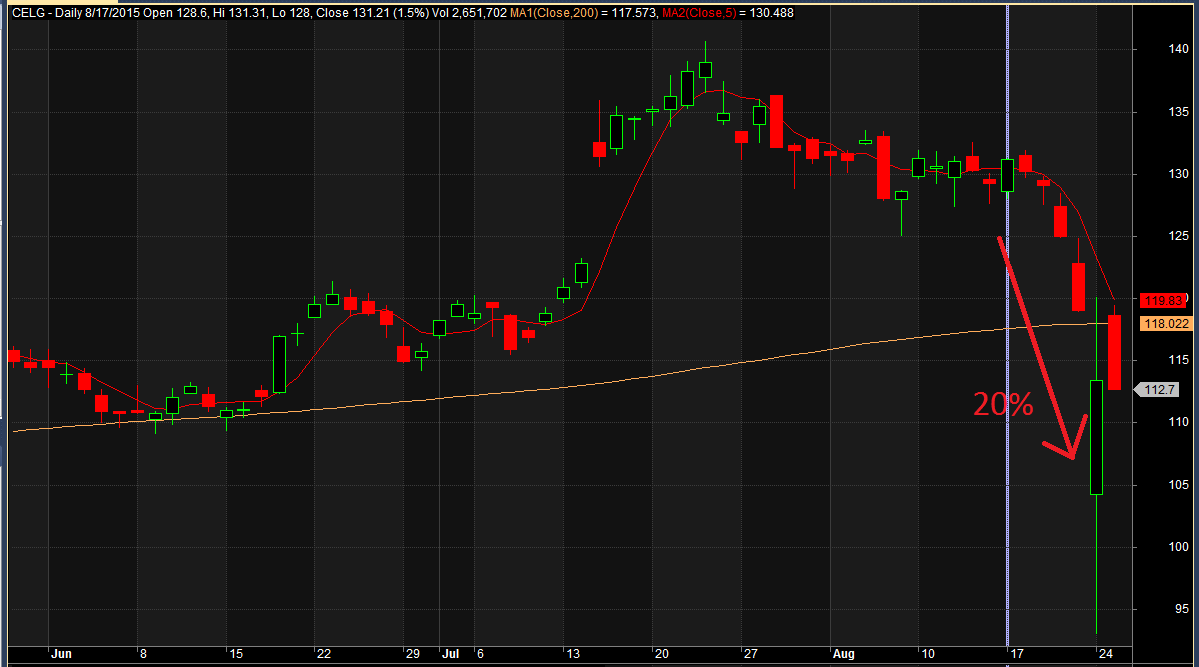Disclaimer
The information and analysis on this site is provided for informational purposes only. Nothing herein should be interpreted as personalized investment advice. Under no circumstances does this information represent a recommendation to buy, sell or hold any security. None of the information on this site is guaranteed to be correct, and anything written here should be subject to independent verification. You, and you alone, are solely responsible for any investment decisions you make. The ideas and strategies should never be used without first assessing your own personal and financial situation, or without consulting a financial professional. I may hold positions for myself or clients in the securities or industries mentioned here. There is a very high degree of risk involved in trading securities. Your use of any information on this site is entirely at your own risk. My thoughts and opinions will also change from time to time as I learn and accumulate more knowledge.




